|
I wanted to dedicate my May blog post to a family member’s story fitting for Memorial Day. A day in which we remember those who lost their lives in their service to the United States, as well as those who have served and died. My family, like some of yours, has many men and women who we remember on this day. One of those relatives of mine is Alpheus Hodges, my great-great-great paternal uncle, the man who fired the first shot on the Confederates at Gettysburg. Alpheus Hodges was born on May 4, 1843 to James Marshall Hodges Sr. and Lucinda Nichols in Cabridgeboro (or Cambridge Springs), Pennsylvania, just over the border from us here in Chautauqua County, NY. His mother passed away only a year later, and his father James remarried his sister-in-law (Alpheus’s aunt), Keziah Nichols. They would later have a son, James Marshall Hodges Jr., my direct descendant, making Alpheus his half-brother, and my uncle. He had humble beginnings, like most did at the turn of the century in the 1800s. He was sent to live with his grandparents for a few years after his mother’s death, until his father remarried. In 1853 Alpheus moved back to live with his dad again and like many in our area of the county, they were farmers or farm laborers. Alpheus did not get to escape the farm life as a young man as he had worked on his own father’s farm according to census records. At this time in American history, the United States was gearing up to start the Civil War between North and South. In 1861 President Abraham Lincoln called the American Civil War “a people’s contest,” a cause that had to be taken up by all: men, women, and children. Citizens in the 23 northern states loyal to the Union took his words to heart and threw themselves into the war effort. At the age of 18, Alpheus heard the call of duty when the North declared war on the South and enlisted into the 9th Cavalry of New York, F Company here in Ashville, New York in September of 1861. He will later be promoted to Corporal on September 26, 1862, according to his muster rolls. Some background for the Battle of Gettysburg is as follows:
The story of the first shots fired in Gettysburg goes a little something like this (it gets a little technical): “At daylight on the morning of July 1, men were seen approaching on the road beyond Willoughby Run, and nearly a mile away. Acting on his orders, Hodges sent his men to notify the line and the reserve while he advanced across the stream stopping to water his horse, then rode to the higher ground beyond far enough to see that the men approaching were Confederates. He then turned back and as he did so they fired at him. Hodges retired to the bridge where, from behind its stone abutments he fired several shots at the advancing enemy. This occurred at about 5:20 A.M., and this exchange of shots is believed to be the first shots fired at the battle of Gettysburg on the morning of July 1, 1863. When Hodges rode back from the bridge to the line of videttes on the higher ground east of Willoughby Run he found Col. Sackett [in command of the regiment] had formed a skirmish line of his whole picket force. A detachment of the 8th Ill. [cavalry] afterward rode out the Chambersburg road and had a skirmish about half a mile beyond Willoughby Run losing one man killed.” PLOT TWIST: There’s some scholars who like to argue that it wasn’t Alpheus, but another man from another Company within the Union army. However, what they can all generally agree on is that the two of those men have the best claims to the honor of having fired upon the Confederates first to mark the start of the Battle of Gettysburg. And the people of Western New York, and here in Ashville, New York, will always stand behind Alpheus as being #1! But also, there’s a statue at the Gettysburg Battlefield commemorating the 9th Calvary of New York for “discovering the enemy” and being “fired upon at 5AM” at Chambersburg Road. So as far as Gettysburg is concerned, too, the 9th Calvary had dibs on the Confederates, as well. After learning of this very interesting family member, I went to the National Archives and requested to see his military records that they might still have. A few months and $30 later I received copies of the muster rolls detailing every place Alpheus was located during the war, including his eventual capture after obtaining an injury at Brandy Station. August 1, 1863, Alpheus’s horse was shot out from under him, and he injured his ankle during the fall. He was soon captured and taken prisoner to Belle Island, where his ankle was never properly set, leading him to have a limp for the rest of his life. He was eventually released in a general exchange of prisoners in March 1864 (after seven months as a POW). However, I think it’s important that we all remember the conditions of what these Confederate POW camps, like Belle Isle, were like. “By the autumn of 1863, Belle Isle's population swelled to at least twice the prison's capacity, with estimates ranging from 6,000 to 8,000. On October 5, 1863, the Richmond Examiner complained that the capital was overrun with the "'azure-stomached' race this winter. The overcrowding led to numerous health problems among the prisoners—including, most notably, the smallpox outbreak of December 1863. Moreover, during the summer of 1863, the prison's conditions came to the attention of the Northern media and were thereafter used as a major source of propaganda regarding Confederate cruelty to prisoners. According to the diary of John Ransom, a soldier who was incarcerated there, "Stormy and disagreeable weather. From fifteen to twenty and twenty-five die every day and are buried just outside the prison with no coffins—nothing but canvas wrapped around them." In his entry for February 11, 1864, Ransom implies that prisoners were robbing each other of rations and blankets: "… a good deal of fighting going on among the men … [They are] "just like so many hungry wolves penned together." Alpheus would have been one of those Union soldiers whom endured disease outbreak, tight quarters, bordered on starvation with high population levels, as well as general disorder of being treated as prisoners by the enemy. Thankfully not long after his release in a prisoner exchange, he was mustered out of the Union army on October 29, 1864 as Corporal Alpheus Hodges, in Middletown, Virginia. He returned to Ashville following the war, but eventually moved to Kansas where he ended up meeting his wife, Lucy Steen. They would move back to Westfield, New York and then later East Rochester, New York, where he would live out the rest of his long life. Alpheus died on August 1, 1922 at the age of 80. However, he would die as a local hero to both the people of Rochester as well as to his family still here in Harmony, Chautauqua County, New York, for fighting and serving his country so bravely during one of the United States’ bloodiest wars. Although Alpheus has a heroic story, please remember to take today to remember all of those men and women who have paid the ultimate sacrifice. Remember that it's not as simple as "they want and fought and came back". They saw and experienced things we as civilians will never be able to fathom, and Alpheus's experience at Belle Isle is one of those things. I thank him today for enduring what he had gone through as a 20 year old so that I may be sitting here tonight at my laptop, without a worry in the world (for now).
Sources used outside of my own primary resources: http://mcclurgmuseum.org/blog/2011/07/01/bicentennial-biographies-no-121-125/ https://petruzzi.wordpress.com/2007/06/08/faded-hoofbeats-cpl-alpheus-hodges-9th-ny-cavalry/ https://en.wikipedia.org/wiki/Battle_of_Gettysburg https://en.wikipedia.org/wiki/Muster_(military) https://www.encyclopediavirginia.org/belle_isle_prison#start_entry
3 Comments
Karen
1/20/2020 12:58:15 pm
I have known the story of Alpheus and the first shot for many years, since the time I first discovered he and I are very distant cousins. He started life in NW PA, and there are still many Hodges in Crawford County, PA. On your trip, did you see the first shot marker that Marcellus Jones brought all the way from Illinois, in claiming he fired the first shot? The park service tend to agree with him, but still very cool to be related to Alpheus. My husband and I are Gettysburg addicts and visit several times a year. We always leave a little flag at the monument to Alpheus’s unit.
Reply
Ashley Senske
1/23/2020 05:18:28 pm
Yes, I have heard of the other man who also stakes claim to firing first onto the Confederates. There is literally dozens of scholarly papers where people argue whether Alpheus or the other man actually did it, it's quite interesting. After realizing my relation to him, and this was also after I had just visited Gettysburg (go figure!), I contacted the man that was our private tour guide because he was super knowledgeable, and I mentioned my relation to Alpheus Hodges, and he knew who I was talking about right away. He told me about these scholarly papers, and also explained that essentially the main from Ilinois and Alpheus have the best claims to the honor, based on where they would have been positioned with their regiments at the time battle began, and that people will be arguing about it until the end of time. It makes me very happy to know that you and your husband honor the 9th Calvary in that way, I'm hoping to make it down to Gettysburg again this year, I had went on Memorial Day Weekend (which was something special all on its own).
Reply
Audrey Johnson
11/13/2020 09:34:08 am
Because East Rochester had no cemetery, Alphaeus is buried in the Pittsford Cemetery and when I, as town historian do tours of the cemetery, I recognize and honor Cpl. Hodges as being the one who fired the first shot at Gettsyburg.
Reply
Leave a Reply. |
AuthorThis blog is meant to introduce you all to the people I have found during my research, and to see that there is no such thing as a "boring family". Archives
January 2020
Categories |
Location |
|

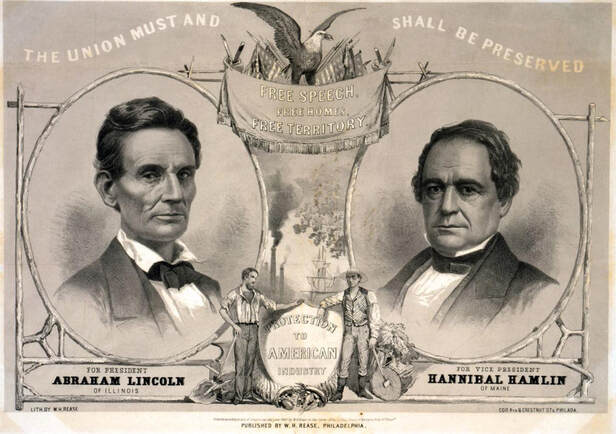

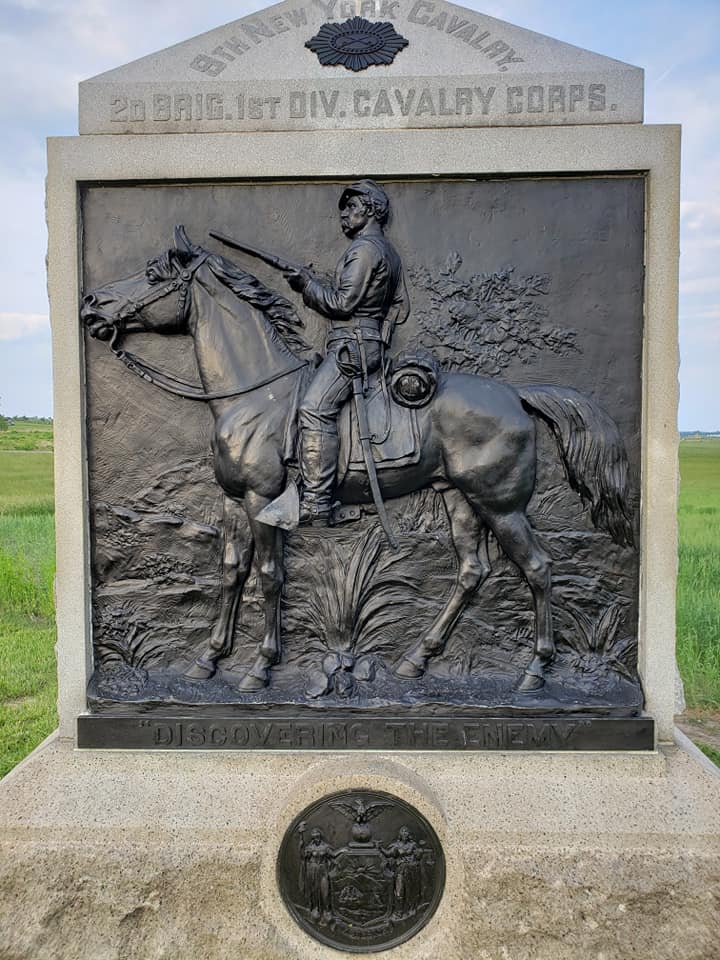


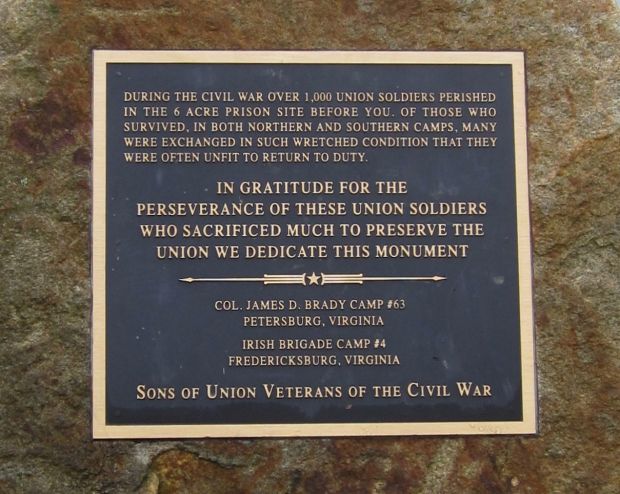
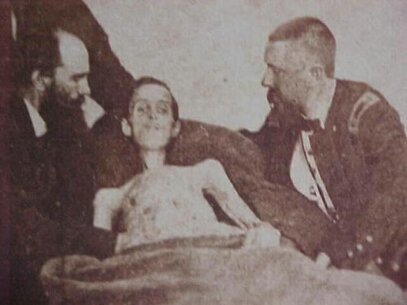
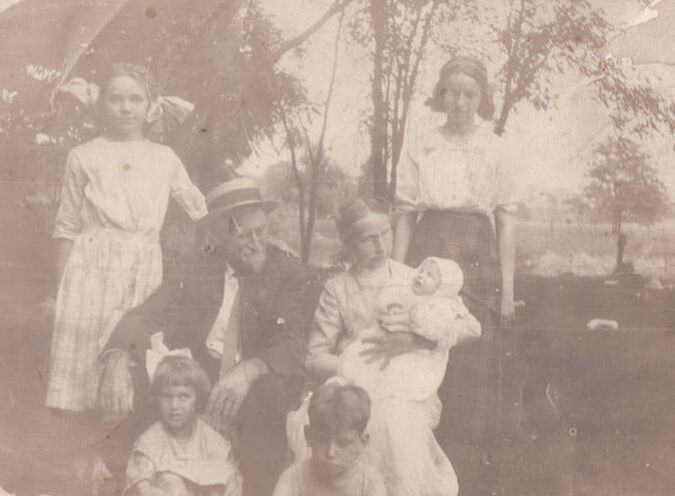
 RSS Feed
RSS Feed